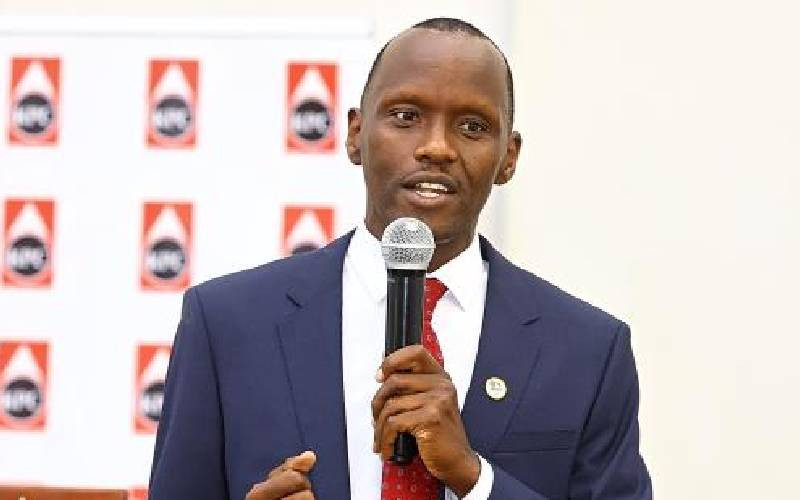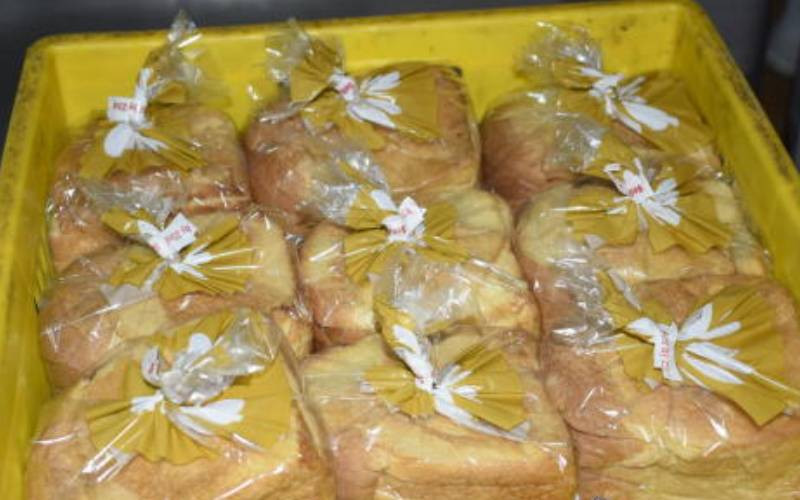The Treasury plans spend Sh2 trillion in the upcoming budget for 2015/16 according to published budget documents. It projects a revenue collection of Sh1.5 trillion to finance it, even as KRA falls far below its projections in the current financial year’s targets. Although our GDP has grown to a handsome Sh6 trillion, our investments to grow it much larger depend on how smartly we spend our funds. Attempts to prioritise investments through Vision 2030 projects that target key growth areas quite often lack fidelity to its cause.
In 2003, the Narc government developed a marshal plan to develop the arid and semi-arid north of this country based on its sanctioned assessment that a shilling invested in the region will give a return of five shillings into the economy. But political expediency and patronage that characterise our public spending undermined their dreams to exploit the vast natural resources in the area and better the lives of its pastoralist residents.
The communities in the 14 pastoralist counties represent a quarter of the country’s population but occupy a rich and vast 80 per cent of our land mass. To many Kenyans, these counties contribute little to our economy, and hence is a drain on public resources. Nothing could be further from the truth.
Not even years of neglect of its livestock industry, and our failure to invest in the development of these regions have limited the returns. The livestock industry contributes between 10 and 13 per cent of the GDP, meaning it is an over Sh600 billion industry. According to the government trade officials, if we increase our meat or livestock exports, it will eliminate our current account deficit. But despite the huge global demand for meat, we have little to write home about. Let’s look at the statistics.
These pastoralist counties hold over nine million head of cattle, representing over 50 per cent of our entire cattle stock in the country. They also rear 34 million sheep and goats, representing over 76 per cent of our national stock. All our three million camels are in these regions. Do we get value from trading in these stocks? No at all!
Kenya exported a paltry 185,000 live animals in 2014, compared to nearly two million by Ethiopia, and 4.5 million by Somalia. We exported only 37,000 MT in 2014, compared to 84,000 MT by Ethiopia. Ethiopia earned US$1.4 billion from its exports of meat and livestock, compared to ours of US$3.1 million. Its leather industry is probably one of the largest in Africa. Over 600,000 MT of beef is consumed in Kenya annually but our leather industry is the cold store! Both Somalia and Ethiopia are relatively weaker economies but focus on building their economies by spending resources smartly in these areas. Farmers in the arid north quite often drive their stock all the way to Ethiopia or Somalia to sell. There are logistical impediments and statutory barriers that hinder the movement of our livestock from the north to the exit points in the south. Both national and county governments allocate little or no resources to the livestock sector in order to increase production and enhance market access. For instance, none of the counties in these regions allocated even 10 per cent of their budget to the livestock sector though it’s their economic mainstay.
As we prepare plans for next year’s public spending, it is imperative that we increase spending in the livestock sector in the areas of production, marketing and disease control. The national government in particular must address the perennial challenges of infrastructure, and poor policy interventions that undermine mobility of livestock from the north to the markets in the south, and beyond. Livestock marketing must receive the same high level of institutional and policy attention that all other agricultural sectors do.
 The Standard Group Plc is a
multi-media organization with investments in media platforms spanning newspaper
print operations, television, radio broadcasting, digital and online services. The
Standard Group is recognized as a leading multi-media house in Kenya with a key
influence in matters of national and international interest.
The Standard Group Plc is a
multi-media organization with investments in media platforms spanning newspaper
print operations, television, radio broadcasting, digital and online services. The
Standard Group is recognized as a leading multi-media house in Kenya with a key
influence in matters of national and international interest.
 The Standard Group Plc is a
multi-media organization with investments in media platforms spanning newspaper
print operations, television, radio broadcasting, digital and online services. The
Standard Group is recognized as a leading multi-media house in Kenya with a key
influence in matters of national and international interest.
The Standard Group Plc is a
multi-media organization with investments in media platforms spanning newspaper
print operations, television, radio broadcasting, digital and online services. The
Standard Group is recognized as a leading multi-media house in Kenya with a key
influence in matters of national and international interest.








